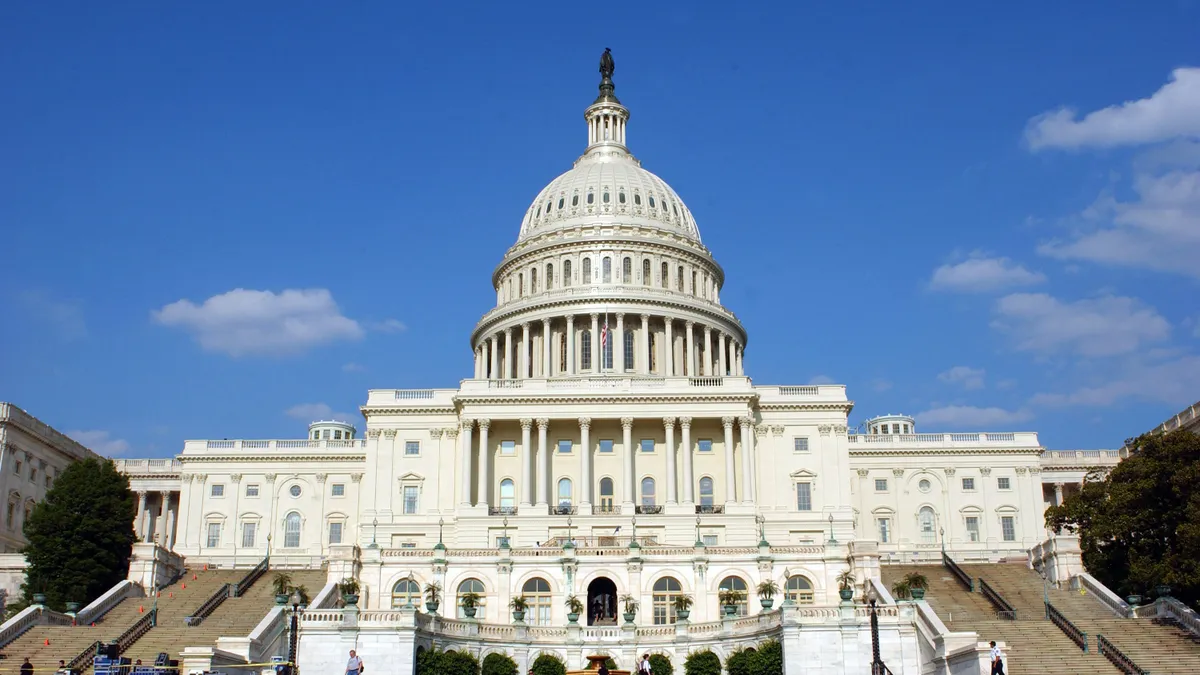Dive Brief:
- The new 15% corporate alternative minimum tax (AMT) contained in the Inflation Reduction Act passed by the U.S. House and Senate will put pressure on regulators to quickly develop guidance and CFOs to prepare new systems for compliance, according to Edward Karl, vice president of taxation at AICPA (American Institute of CPAs).
- Congress did not heed a request made by AICPA for a delay in the implementation of the new minimum tax on big companies that earn more than $1 billion annually; instead the AMT will be effective as of the 2023 tax year.
- While an estimated 150-200 large companies are expected to be subject to the new tax, its complex rules mean that financial executives at many more companies must prepare for the possibility of being subject to it, Karl said in an interview. “For businesses that are way over the threshold they’ll know but there are going to be businesses around the threshold that are going to need to understand the implications,” he said.
Dive Insight:
The Inflation Reduction Act, which will channel hundreds of billions of dollars to cut health care costs and combat climate change, is set to be signed by President Biden this week. It will raise about $222 billion from the corporate minimum tax to help pay for those outlays, according to a summary from Senate Democrats.
In an Aug. 4 letter to the members of the U.S. Senate Committee on Finance and the U.S. House Committee on Ways and Means, the AICPA outlined its concerns about the tax and asked for at least a one year delay in its implementation.
This “tax will greatly complicate recordkeeping requirements and taxpayers will need to evaluate whether they are even subject to the tax and what adjustments are potentially applicable. Many of the adjustments could in turn be extremely complex,” the letter from AICPA states.
In an interview Karl said AICPA has already kicked off a project to look at the guidance issues stemming from the new tax and will then let the U.S. Treasury and the Internal Revenue Service know what it finds. He anticipates that it could take the regulators six to 12 months before they can issue guidance. “It’s a long way off,” he said, noting that more information will be needed in the area around how the tax will apply to businesses with changes in ownership. “There will be all sorts of definitional issues coming up out of this law,” he said.















